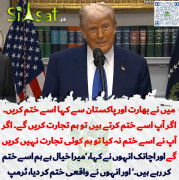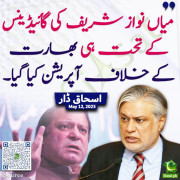Veila Mast
Senator (1k+ posts)
Besides decree, one must be astonished to know that Qamara is invented by a Muslim Scientist.
"he ancient Greeks thought our eyes emitted rays, like a laser, which enabled us to see. The first person to realise that light enters the eye, rather than leaving it, was the 10th-century Muslim mathematician,

astronomer and physicist Ibn al-Haitham. He invented the first pin-hole camera after noticing the way light came through a hole in window shutters. The smaller the hole, the better the picture, he worked out, and set up the first Camera Obscura (from the Arab word qamara for a dark or private room). He is also credited with being the first man to shift physics from a philosophical activity to an experimental one."
http://www.independent.co.uk/news/science/how-islamic-inventors-changed-the-world-469452.html
1001 Inventions is also beneficial in this regards to find out more exploration by Muslim Scientist during ages called "dark" in the west:
http://www.1001inventions.com/
"he ancient Greeks thought our eyes emitted rays, like a laser, which enabled us to see. The first person to realise that light enters the eye, rather than leaving it, was the 10th-century Muslim mathematician,

astronomer and physicist Ibn al-Haitham. He invented the first pin-hole camera after noticing the way light came through a hole in window shutters. The smaller the hole, the better the picture, he worked out, and set up the first Camera Obscura (from the Arab word qamara for a dark or private room). He is also credited with being the first man to shift physics from a philosophical activity to an experimental one."
http://www.independent.co.uk/news/science/how-islamic-inventors-changed-the-world-469452.html
1001 Inventions is also beneficial in this regards to find out more exploration by Muslim Scientist during ages called "dark" in the west:
http://www.1001inventions.com/
Last edited by a moderator:




























